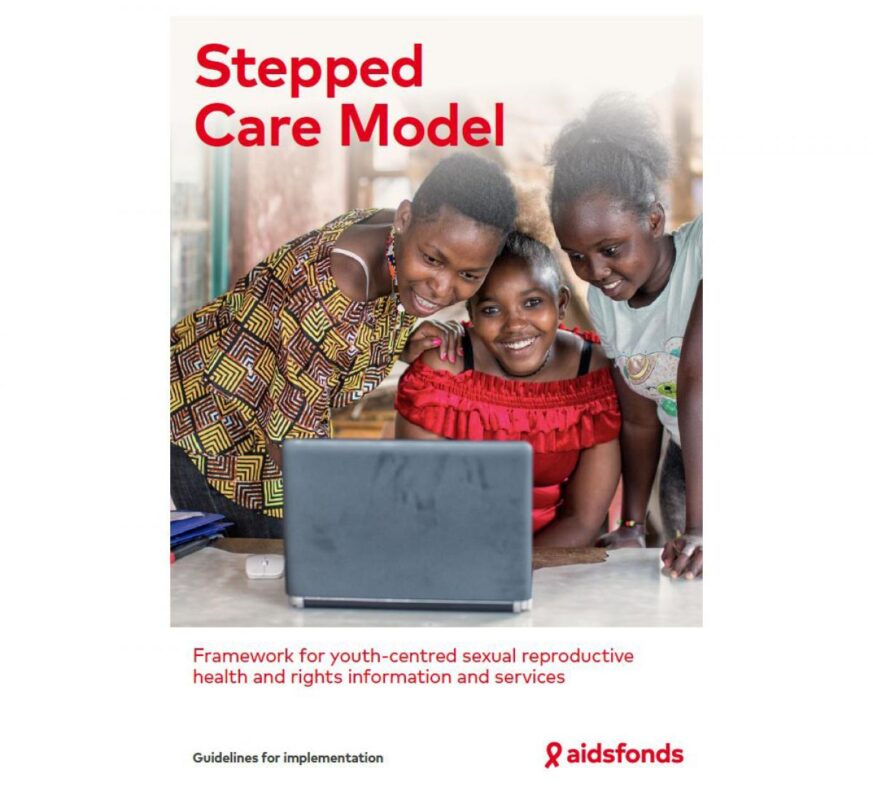
B-wise
B-wise
B-wise aims to become the most trusted, personalised and engaging source of SRHR health information for adolescents and youth in South Africa.
- Young people,
Read more

The Stepped Care Model for Sexual Health offers a unified approach to addressing the fragmented landscape of digital health services for young people. By fostering collaboration and coordination among various stakeholders, this innovative approach ensures that young people receive the right information and services tailored to their specific needs, delivered via appropriate digital solutions or health professionals.
Stepped Care has proven to be effective in shaping integrated SRHR ecosystems in Indonesia, Kenia, Mozambique, the Netherlands and South Africa. Building on over 10 years of success in the Netherlands Aidsfonds collaborates with stakeholders internationally to advice on contextualised implementation of the Stepped Care approach.
The Stepped Care model for sexual and reproductive health is a youth-centered approach that is responsive to the needs of young people, at the lowest possible cost.
The digital health ecosystem facilitates collaboration among stakeholders and organises online and offline SRHR services in a meaningful way for young people. Services that are non-judgmental, to help them access the right services and information, regardless of gender, sexual orientation, ethnicity or disability.
Stepped Care encourages all stakeholders in the field of sexual and reproductive health for young people to coordinate their efforts. A unified branding guides individuals to a web-based platform that provides quality and engaging comprehensive SRHR information. From this point, self-assessments refer to additional online and offline services according to the individual’s needs. As moving through a care-seeking journey, the individual is referred to higher steps of the model that incorporate human contact through chat services, hotlines and eventually face-to-face services with healthcare professionals as needed. The lower the step of the model, the higher the reach and self-care, and the lower the cost of services.

This document provides an overview of experiences, lessons and challenges in implementing the Stepped Care Model. The guidelines are meant for implementers, researchers, policy-makers and donors to reduce fragmentation, stimulate cooperation between health providers and support young people to lead healthy sexual and reproductive lives.
 Guidelines Stepped Care
Guidelines Stepped Care
Social norms around sexuality and limited availability of youth-friendly services, withhold access to information and fuels the fear of stigma and discrimination.
Besides, everybody has different kinds of information needs when it comes to sexual and reproductive health. Some may be helped by reading a self-help online article. Others could benefit from a phone-call with a peer-support group. Still others may have a physical examination from a licensed doctor. Therefore, different services need to be provided, aligned with the level of complexity and level of self-care possible.

Aidsfonds – Soa Aids Nederland together with the Netherlands National Institute for Public Health and Environment, have successfully built up the Stepped Care Model in the Netherlands. The youth-brand Sense supports 3,9 million young people in the Netherlands annually. Building on more than 10 years of experience, Aidsfonds collaborates with stakeholders internationally to advice on contextualised implementation of the Stepped Care approach.